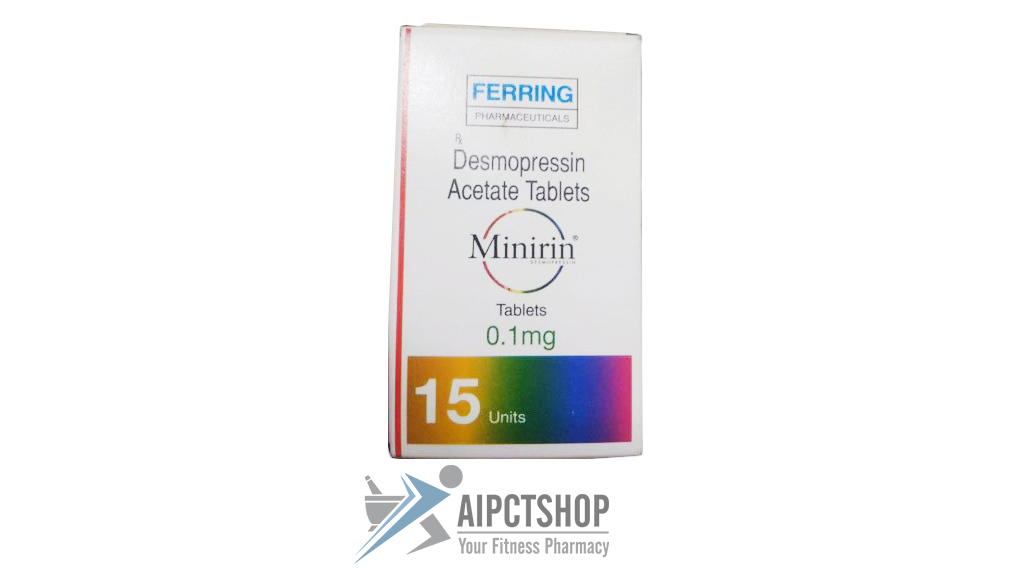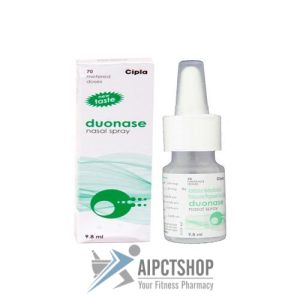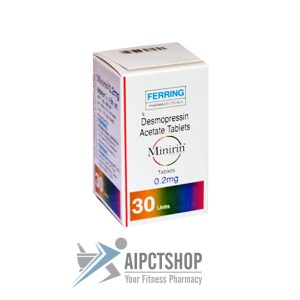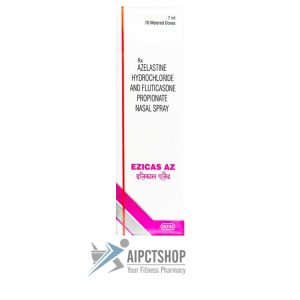Desmopressin Information
Pronunciation
des moe PRES in
What is this drug used for?
– It is used to help prevent bedwetting.
– It is used to treat a health problem called nocturnal polyuria that causes you to have to wake up at night to pass urine.
– It is used to treat diabetes insipidus.
– It is used to treat hemophilia.
– It is used to treat von Willebrand disease.
– It may be given to you for other reasons. Talk with the doctor.
Frequently reported side effects of this drug
– Flushing
– Dry mouth
– Abdominal cramps
– Stuffy nose
– Runny nose
– Common cold symptoms
– Back pain
– Cough
– Nosebleed
– Sore throat
Other side effects of this drug: Talk with your doctor right away if you have any of these signs of:
– Low sodium like headache, difficulty focusing, trouble with memory, confusion, weakness, seizures, or change in balance.
– Severe cerebrovascular disease like change in strength on one side is greater than the other, difficulty speaking or thinking, change in balance, or vision changes.
– DVT like edema, warmth, numbness, change in color, or pain in the extremities.
– Nausea
– Vomiting
– Sensing things that seem real but are not
– Loss of strength and energy
– Agitation
– Muscle weakness
– Muscle spasms
– Excessive weight gain
– Lack of appetite
– Shortness of breath
– Severe headache
– Severe dizziness
– Passing out
– Vision changes
– Swelling of arms or legs
– Chest pain
– Coughing up blood
– Fast heartbeat
– Abnormal heartbeat
– Injection site pain, edema, or irritation
– Signs of a significant reaction like wheezing; chest tightness; fever; itching; bad cough; blue skin color; seizures; or swelling of face, lips, tongue, or throat.
Medication Safety Issues
Sound-alike/look-alike issues:
Desmopressin may be confused with vasopressin
Geriatric Patients: High-Risk Medication:
Beers Criteria: Desmopressin is identified in the Beers Criteria as a potentially inappropriate medication to be avoided in patients 65 years and older for the treatment of nocturia or nocturnal polyuria due to its high risk of causing hyponatremia; safer alternatives exist (Beers Criteria [AGS 2019]).
Storage and Stability
DDAVP:
Nasal spray: Store at 20?C to 25?C (68?F to 77?F). Keep nasal spray in upright position.
Rhinal Tube solution: Store at 2?C to 8?C (36?F to 46?F). May store at 20?C to 25?C (68?F to 77?F) for up to 3 weeks.
Solution for injection: Store at 2?C to 8?C (36?F to 46?F).
Tablet: Store at 20?C to 25?C (68?F to 77?F). Avoid excessive heat. Protect from light.
DDAVP Melt [Canadian product]: Store at 15?C to 25?C (59?F to 77?F) in original container. Protect from moisture.
Nocdurna: Store at 20?C to 25?C (68?F to 77?F). Excursions permitted to 15?C to 30?C (59?F to 86?F). Protect from moisture and light.
Noctiva: Store at 2?C to 8?C (36?F to 46?F); excursions permitted between 0?C and 15?C (32?F and 59?F). Keep nasal spray in upright position. After opening, store at 20?C to 25?C (68?F to 77?F). Discard 60 days after opening.
Octostim [Canadian product]:
Nasal spray: Store at 15?C to 25?C (59?F to 77?F). Store in upright position. Do not freeze.
Solution for injection: Store at 2?C to 8?C (36?F to 46?F). Do not freeze. Following dilution in NS may store at room temperature for up to 24 hours.
Stimate nasal spray: Store at room temperature not to exceed 25?C (77?F). Discard 6 months after opening bottle. Store bottle in upright position.
Adverse Reactions
Cardiovascular: Decreased blood pressure, facial flushing, hypertension
Central nervous system: Chills, dizziness, headache, nostril pain
Endocrine & metabolic: Hyponatremia
Gastrointestinal: Abdominal cramps, abdominal pain, gastrointestinal disease, nausea, sore throat
Hepatic: Increased serum transaminases (transient; associated primarily with tablets)
Local: Burning sensation at injection site, erythema at injection site, swelling at injection site
Neuromuscular & skeletal: Back pain, weakness
Ophthalmic: Abnormal lacrimation, conjunctivitis, ocular edema
Respiratory: Bronchitis, cough, epistaxis, nasal congestion, nasal discomfort, nasopharyngitis, rhinitis, sneezing, upper respiratory tract infection
Rare but important or life-threatening: Abnormality in thinking, agitation, anaphylaxis (rare), balanitis, cerebral thrombosis (acute), chest pain, diarrhea, drowsiness, dyspepsia, edema, eye pruritus, hypersensitivity reaction (rare), insomnia, localized warm feeling, myocardial infarction, pain, palpitations, photophobia, tachycardia, vomiting, vulvar pain, water intoxication, weight gain (edema)








Reviews
There are no reviews yet.